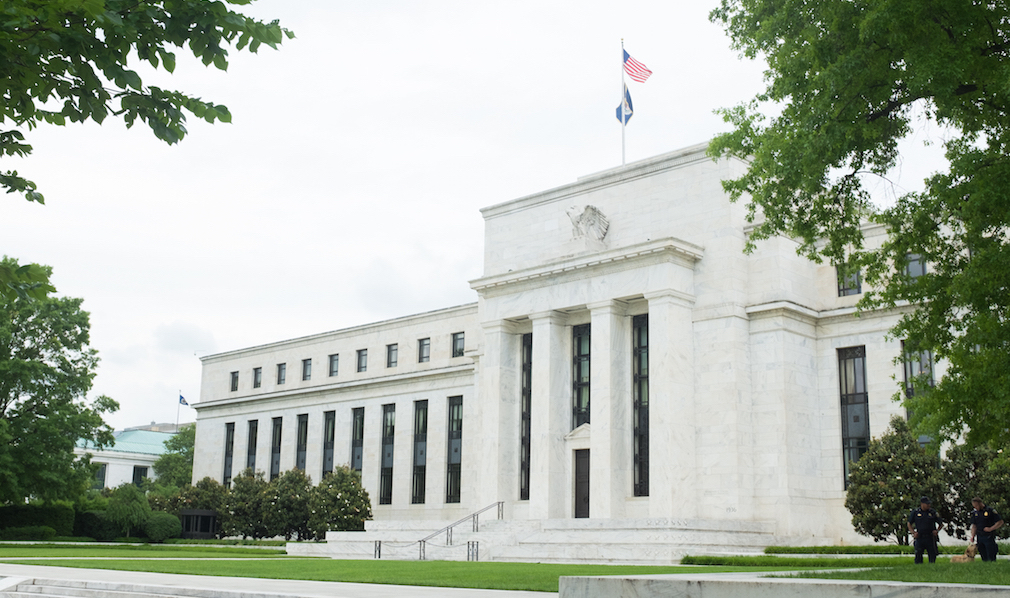Federal Reserve Chair Janet Yellen spoke in front of the National Association of Business Economics Tuesday, where she stressed once again the need for a rate hike in December.
Currently, the dot plot from the last meeting showed 11 out of the Fed’s 16 members are forecasting a rate hike in December. The Fed Funds futures are pricing in a 75% chance of a rate hike, Brent Nyitray, iServe Residential Lending director of capital markets, said in a note to clients. This is the highest we have seen in this contract.
The Fed officially announced at their last meeting that it plans to begin the quantitative un-easing process, and hinted that a December rate hike is still highly likely.
Click to Enlarge
(Source: Federal Reserve)
“We should also be wary of moving too gradually,” Yellen commented during her speech. “My colleagues and I currently think that this year's low inflation is probably temporary, so we continue to anticipate that inflation is likely to stabilize around 2% over the next few years.”
However, she admitted that the Fed’s understanding of what is driving inflation is imperfect, saying they would continue to closely monitor incoming data.
“The market has now priced in a December move,” said Ian Lyngen, BMO head of U.S. rate strategy, according to an article by Silvia Amaro and Michael Sheetz for CNBC.
The 10-year Treasury was little changed after Yellen’s speech, the article notes.
But while a December rate hike is looking more and more likely, not all Fed members are on board.
One Fed member, Chicago Fed President Charles Evans said Monday, he may not support another rate hike unless there are clear signs of higher inflation, according to an article by Greg Robb for MarketWatch.
Yellen concluded her speech by explained that the Fed will continue to examine new economic data that comes in, but expects the inflation rate and labor market will month strengthen and stabilize over the next few years.
“To conclude, standard empirical analyses support the FOMC's outlook that, with gradual adjustments in monetary policy, inflation will stabilize at around the FOMC's 2% objective over the next few years, accompanied by some further strengthening in labor market conditions,” she said. “But the outlook is uncertain, reflecting, among other things, the inherent imprecision in our estimates of labor utilization, inflation expectations, and other factors.”








